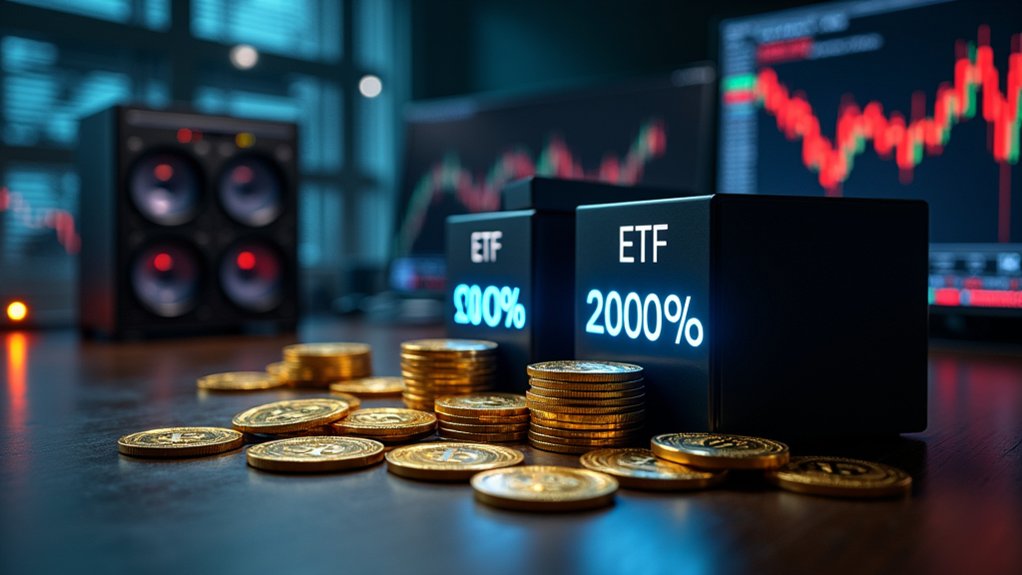The 2025–2030 outlook for Bitcoin synthesizes a spectrum of institutionally informed scenarios, wherein analysts project a near-term ascent driven by spot ETF-led capital inflows and renewed institutional allocation, situating 2025 consensus estimates broadly between approximately $84,600 on the downside and $181,000 on the upside with mean projections near $125,000–$130,000, while 2026 forecasts anticipate either consolidation or a corrective phase with ranges from roughly $108,000 to $228,000 and average estimates clustering around $111,000–$115,000; over the longer horizon, optimists model trajectories that extend between $150,000 and $700,000 by 2030 contingent upon sustained regulatory clarity and macroprudential accommodation, whereas pessimistic scenarios posit substantial downside to $30,000–$40,000 should regulatory interventions, waning institutional demand, or adverse macroeconomic shocks materialize, and intermediary projections envisage steady appreciation to $150,000–$250,000 as volatility and episodic corrections persist, all of which are modulated by key drivers such as ETF flows (notably BlackRock and Fidelity), the evolving inflation-hedge narrative, capital market accessibility for pensions and sovereign funds, and technical considerations including Elliott Wave assessments, alongside market-state indicators like the current Extreme Fear & Greed readings that historically have presaged rebounds but do not, in isolation, invalidate risk of rate-driven headwinds or episodic deleveraging. This outlook also incorporates considerations of blockchain’s scalability constraints that could impact transaction throughput during heightened demand phases.
Analysts assess whether Bitcoin can reach $180,000 with calibrated skepticism, weighing robust ETF demand against structural constraints in mining profitability and blockchain scalability, where elevated fees and increasing energy costs could compress miner margins, induce hash-rate reallocations, and, in the absence of protocol-level scaling advances, constrain transaction throughput during episodic demand surges.
Institutional narratives emphasize capital inflows from spot ETFs as a primary liquidity conduit, yet forecasts diverge because macrofinancial variables such as interest-rate trajectories and recession probability materially affect risk asset allocations, producing scenarios that range from aggressive appreciation to protracted consolidation, with Elliott Wave proponents positing a corrective sequence in 2026 following a 2025 peak.
Expert consensus tilts bullish for 2025–2026, supported by high-profile institutional endorsements and recommended dip-buy levels around $78,000–$82,000, but prudent models retain downside contingencies tied to regulatory clampdowns, diminished institutional appetite, or unexpected macro shocks, thereby framing the $180,000 outcome as plausible under specific, favourable permutations but by no means inevitable.
The market’s direction will also hinge on continued institutional adoption. Additionally, recent analyses highlight growing ETF inflows as a dominant empirical driver that could materially accelerate price discovery.









